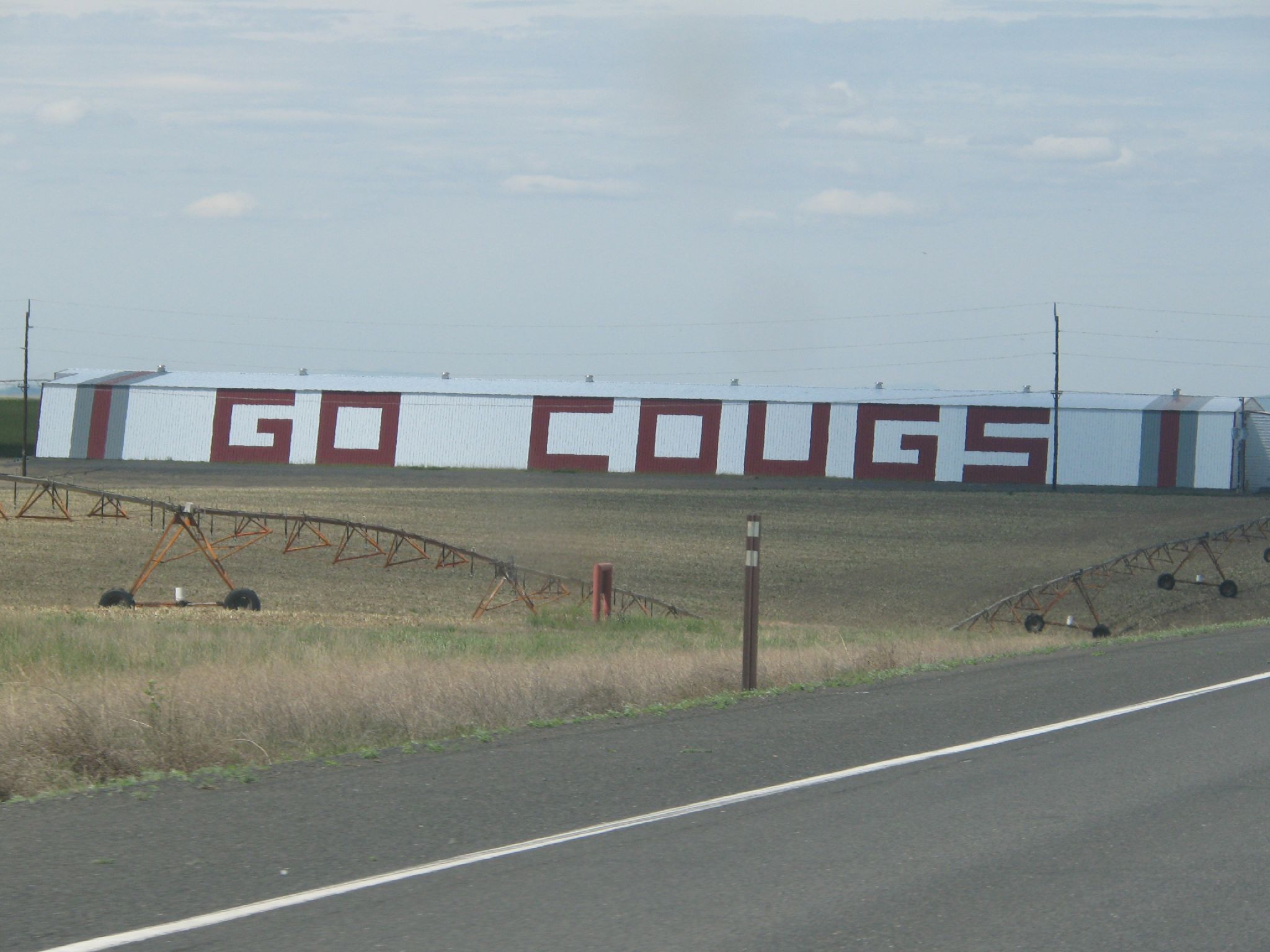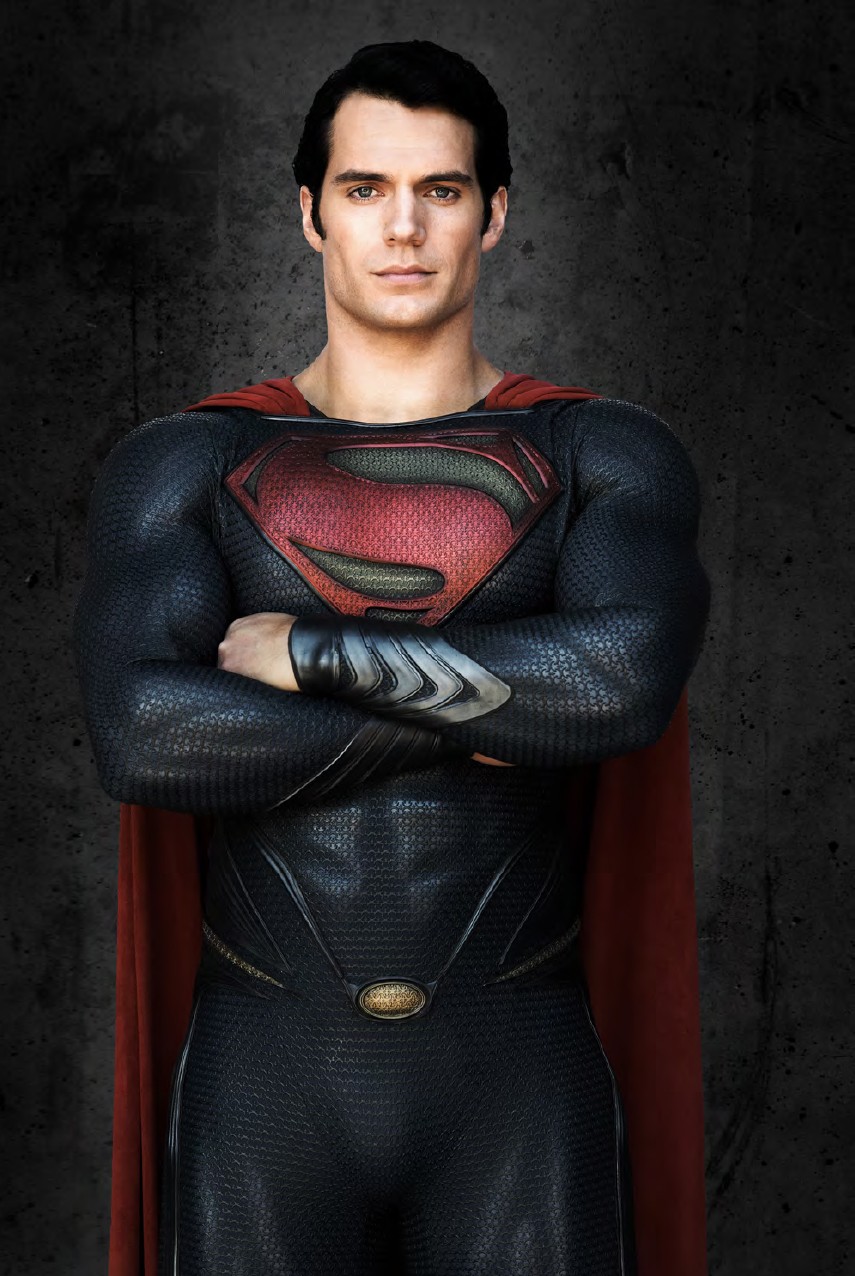Last night the University of Washington Huskies football team beat the Brigham Young University Cougars in the Fight Hunger Bowl to finish with a 9-4 season. That's their best finish since 2000 when they were 11-1 and Marques Tuiasosopo was the quarterback. Which is significant because Tuiasosopo was the head coach for last night's game, being appointed interim head coach after Steve Sarkisian left for USC after the Apple Cup victory.
The game seemed to start out slow with low-energy on both sides of the scrimmage line. But the Husky defense held the Cougars over and over, making them settle for field goals if they didn't out right punt. The Cougars had a better second quarter and scored 16 but never were able to surpass the Huskies who then went on to win 31-16 holding the Cougars scoreless in the second half.
Even a fourth-quarter illegal hit that took out starting quarterback Keith Price (a hit that wasn't penalized) didn't help the Cougars. The Huskies did have trouble scoring after that but their defense kept the Cougars scoreless, too. Star running back Bishop Sankey also left the game with an injury.
I was worried about this game because of the emotional beating the team has taken with Sarkisian abandoning them for USC before their bowl game. From all accounts, the player leadership including Price stepped up and kept the team together. And the affection the players felt for Tuiasosopo was almost palpable on the sidelines.
This is the Dawgs first bowl win since 2010 when as underdogs they beat Nebraska in the Holiday Bowl. These two bowl wins are the only two they've had since 2000. Husky fans have put up with a lot and I consider myself a die-hard. We had a season the team went 0-12 in 2008. We've had coaches fired for gambling. We've had coaches who couldn't get the team to finish a game. And this for a program that used to regularly win the Pac-10 championship and national titles.
So next year with our new head coach Chris Petersen and a lot of fresh young talent coming up (some of which was on display last night) I'm looking forward to next year. Yes, we'll still be in the Pac-12 North Division with powerhouses Stanford and Oregon (even this year we finished third to those two teams) but we'll have a chance, a chance to become a contender in one of the toughest conferences in college football.
The game seemed to start out slow with low-energy on both sides of the scrimmage line. But the Husky defense held the Cougars over and over, making them settle for field goals if they didn't out right punt. The Cougars had a better second quarter and scored 16 but never were able to surpass the Huskies who then went on to win 31-16 holding the Cougars scoreless in the second half.
Even a fourth-quarter illegal hit that took out starting quarterback Keith Price (a hit that wasn't penalized) didn't help the Cougars. The Huskies did have trouble scoring after that but their defense kept the Cougars scoreless, too. Star running back Bishop Sankey also left the game with an injury.
I was worried about this game because of the emotional beating the team has taken with Sarkisian abandoning them for USC before their bowl game. From all accounts, the player leadership including Price stepped up and kept the team together. And the affection the players felt for Tuiasosopo was almost palpable on the sidelines.
This is the Dawgs first bowl win since 2010 when as underdogs they beat Nebraska in the Holiday Bowl. These two bowl wins are the only two they've had since 2000. Husky fans have put up with a lot and I consider myself a die-hard. We had a season the team went 0-12 in 2008. We've had coaches fired for gambling. We've had coaches who couldn't get the team to finish a game. And this for a program that used to regularly win the Pac-10 championship and national titles.
So next year with our new head coach Chris Petersen and a lot of fresh young talent coming up (some of which was on display last night) I'm looking forward to next year. Yes, we'll still be in the Pac-12 North Division with powerhouses Stanford and Oregon (even this year we finished third to those two teams) but we'll have a chance, a chance to become a contender in one of the toughest conferences in college football.











